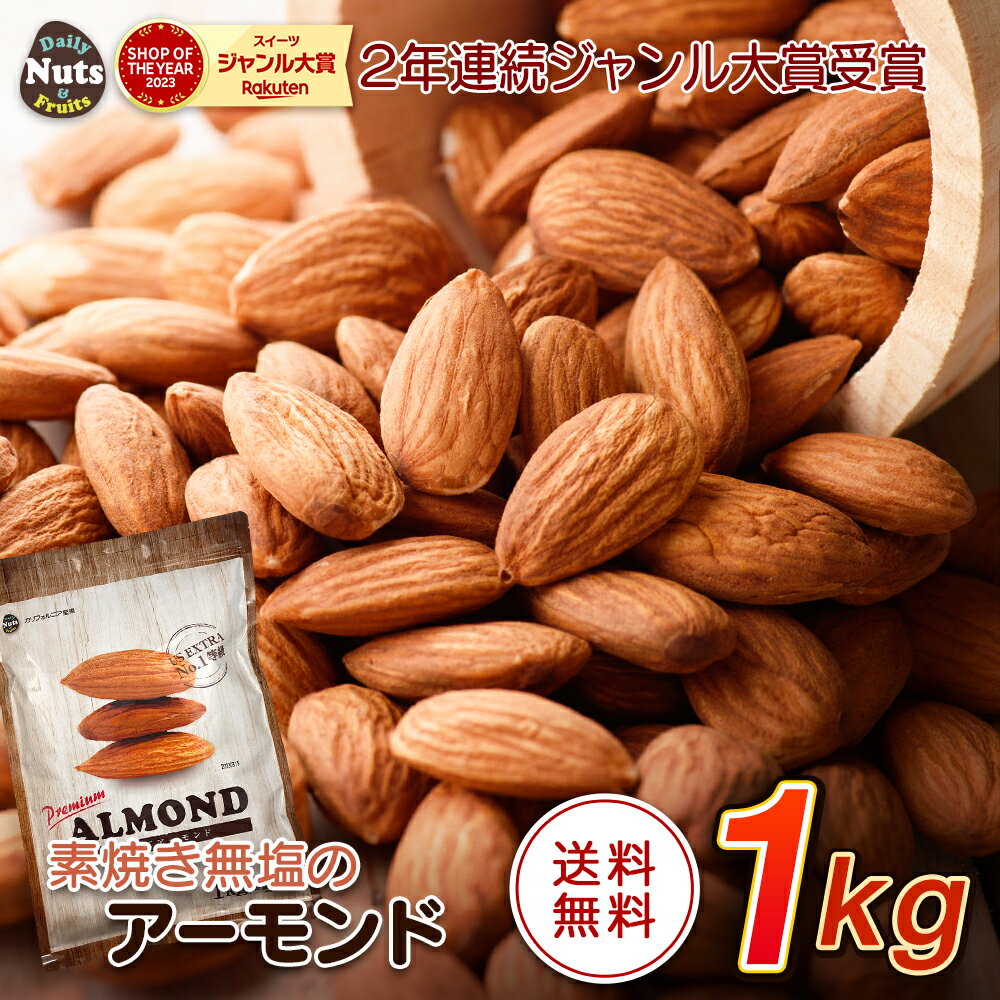論文No3789
SARS-CoV-2 Viral Replication Persists in the Human Lung for Several Weeks after Symptom Onset
Michele Tomasicchio, Shameem Jaumdally, Lindsay Wilson, Andrea Kotze, Lynn Semple, Stuart Meier, Anil Pooran, Aliasgar Esmail, Komala Pillay, Riyaadh Roberts, Raymond Kriel, Richard Meldau, Suzette Oelofse, Carley Mandviwala, Jessica Burns, Rolanda Londt, Malika Davids, Charnay van der Merwe, Aqeedah Roomaney, Louié Kühn, Tahlia Perumal, Alex J. Scott, Martin J. Hale, Vicky Baillie, Sana Mahtab, Carolyn Williamson, Rageema Joseph, Alex Sigal, Ivan Joubert, Jenna Piercy, David Thomson, David L. Fredericks, Malcolm G. A. Miller, Marta C. Nunes, Shabir A. Madhi, and Keertan Dheda
AJRCCM, Volume 209, Issue 7, pp. 840–851, 2024.
<背景>
上気道では重症急性呼吸器症候群コロナウイルス2(SARS-CoV-2)の複製(培養可能)は症状発現後約4~8日間回復可能であるが、下気道(すなわちヒト肺)における複製ウイルスの頻度と期間に関するデータは乏しい。
<目的>
42人の機械的人工呼吸を受けた逝去者の死亡直後、ベータ波とデルタ波の間に肺組織サンプリング(針生検)を行った。
18人の外来患者からなる独立したグループを対照群とした。
<方法>
死亡者の肺生検コアについて、ウイルス培養、病理組織学的解析、電子顕微鏡検査、トランスクリプトーム・プロファイリング、免疫組織化学検査を行った。
<測定と主な結果>
機械的人工呼吸を受けた死亡者の38%(42人中16人)が、症状発現後中央値で15日間(最大4週間持続)、肺に培養可能なウイルスを有していた。
肺ウイルス培養陽性は、併存疾患やステロイド使用とは関連していなかった。
デルタ型肺培養陽性は、死亡の促進および二次的な細菌感染と関連していたが、
ベータ型肺培養陽性とは関連していなかった(P < 0.05)。
肺培養陽性にもかかわらず、鼻咽頭培養は23.1%(26例中6例)で陰性であった。
肺特異的持続性ウイルス複製というこれまで報告されていないこの生物表現型は、
トランスクリプトームによる肺炎症性反応の亢進と関連していたが、同時にウイルス培養陽性であった。
<結論>
ヒトの肺では、罹患2週目以降も、ウイルス複製が逐次的ではなく同時進行的に進行し、炎症反応が亢進する。
これらの知見は、重症コロナウイルス疾患(COVID-19)患者の介入戦略および臨床管理の設計に示唆を与える可能性がある。
DeepL.com(無料版)で翻訳しました。
Rationale: In the upper respiratory tract, replicating (culturable) severe acute respiratory syndrome coronavirus 2 (SARS-CoV-2) is recoverable for ∼4–8 days after symptom onset, but there is a paucity of data about the frequency and duration of replicating virus in the lower respiratory tract (i.e., the human lung).
Objectives: We undertook lung tissue sampling (needle biopsy) shortly after death in 42 mechanically ventilated decedents during the Beta and Delta waves. An independent group of 18 ambulatory patients served as a control group.
Methods: Lung biopsy cores from decedents underwent viral culture, histopathological analysis, electron microscopy, transcriptomic profiling, and immunohistochemistry.
Measurements and Main Results: Thirty-eight percent (16 of 42) of mechanically ventilated decedents had culturable virus in the lung for a median of 15 days (persisting for up to 4 wk) after symptom onset. Lung viral culture positivity was not associated with comorbidities or steroid use. Delta but not Beta variant lung culture positivity was associated with accelerated death and secondary bacterial infection (P < 0.05). Nasopharyngeal culture was negative in 23.1% (6 of 26) of decedents despite lung culture positivity. This hitherto undescribed biophenotype of lung-specific persisting viral replication was associated with an enhanced transcriptomic pulmonary proinflammatory response but with concurrent viral culture positivity.
Conclusions: Concurrent rather than sequential active viral replication continues to drive a heightened proinflammatory response in the human lung beyond the second week of illness and was associated with variant-specific increased mortality and morbidity. These findings have potential implications for the design of interventional strategies and clinical management of patients with severe coronavirus disease (COVID-19).


